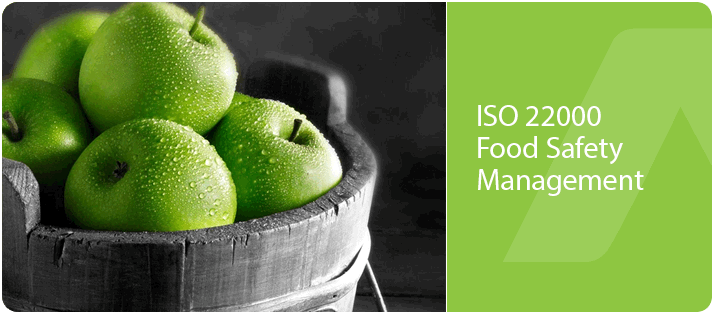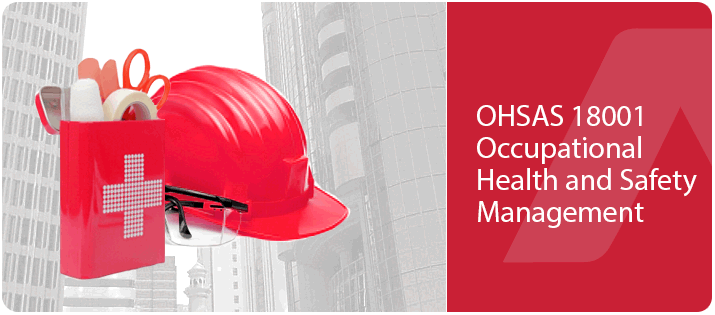Our Services
- ISO 9001:2008 Certification
- ISO 14001:2004 Certification
- ISO 22000:2005 Certification
- ISO 13485:2003 Certification
- ISO 27001:2005 Certification
- ISO 20000:2005 Certification
- ISO 28000:2007 Certification
- ISO 10002:2004 Certification
- ISO 15378 Certification
- OHSAS-18001
- As-9100
- GMP-Compliance
- HACCP
- PAS-ISO
- KOSHER
- SA-8000
ISO 20000:2005 -Information Managament System
ISO/IEC 20000 is an international IT standard that allows companies to demonstrate excellence and prove best practice in IT management. The standard ensures companies can achieve evidence-based benchmarks to continuously improve their delivery of IT services. ISO/IEC 20000 was released in 2005 based on the IT infrastructure library (ITIL®) best practice framework, and updated in 2011. The adoption of ISO 20000 has grown quite rapidly in the international arena of IT service providers and it has become a competitive differentiator for delivery of IT services ISO 20000 consists of two distinct parts: The Specification: ISO20000-1 defines the requirements for a service provider to deliver managed services. The Code of Practice: ISO20000-2 describes detailed best practices for the processes defined within ISO 20000-1. Overall, these standards specify five key group service management processes: Service Delivery, Relationship, Resolution, Control and Release
Benefits of ISO 20000 Implementation
- Alignment of information technology services and business strategy.
- Creation of a formal framework for current service improvement projects
- Provides a benchmark type comparison with best practices
- Creates competitive advantage via the promotion of consistent and cost-effective services.
- By requiring ownership and responsibility at all levels, it creates a progressive ethos and culture.
- Supports 'interchanging' of service providers and staff by virtue of the creation of inter-enterprise operational processes.
- Reduction of risk and thus cost in terms of external service receipt
- Through the creation of a standard consistent approach, aids major organizational changes.
- Enhanced reputation and perception
- Fundamental shift to pro-active rather than re-active processes
- Improved relationship between different departments via better definition and more clarity in terms of responsibility and goals.
- Creation of a stable framework for both resource training and service management automation.




